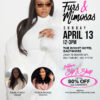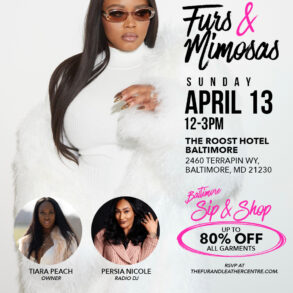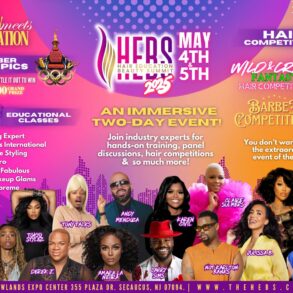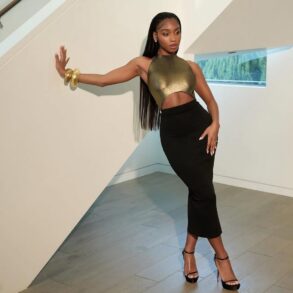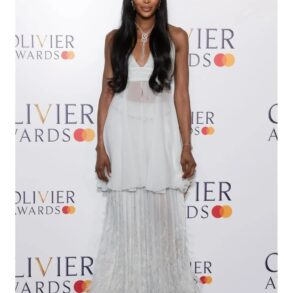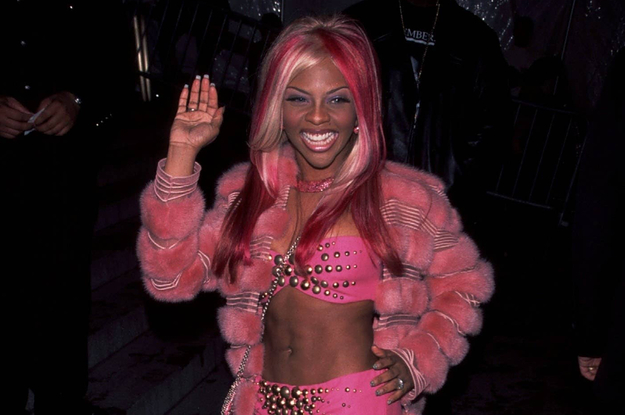
As I was doing the research, I really got into this idea of when we talk about history, there is a legality component. Even going back to the ancient world, looking at something like ancient Rome, certain colors like purple were really affiliated with something like royalty. So again, this idea of luxury isn’t just name brands or a price tag. It can be as simple as a specific color once you get into America from the time of the early settlers and later on. It was even things like fabrics—who could wear what kind of fabrics. And in America, specifically, because of the history with slavery and racism being so inbuilt into the DNA of this country, those rules and laws were also ways to really create barriers and showcase who was allowed to wear certain things.
Who is the most underrated hip-hop contributor to fashion?
Well, as an artist, of course, Lil’ Kim. This is someone who, from the beginning of her career, embraced luxury. She’s name-checking things like DKNY in her songs and wearing minks and furs, very much embodying this mafioso boss. And very early on, she really embraced this idea of being a risk taker and a trendsetter. So whether it be the colorful wigs and furs in the “Crush on You” video, her infamous VMAs outfit where her breast was exposed—that’s a creation from Misa Hylton—to later befriending and becoming a muse to people like Donatella Versace, Marc Jacobs, David LaChapelle, people like that. What’s so interesting is we take a look back and look at everything she did, and it’s almost shocking that she never got the cover of American Vogue. She was never honored by the CFDA awards. The industry of high fashion did not really embrace her in this way that one would expect.
Now, there is a lot of talk behind the scenes with people who feel like she should get those things, like a CFDA Lifetime award or something to that effect. So I would definitely give her the nod as an artist. But when it comes to designers, I have to also give props to April Walker. She’s someone who, with her Walker Wear brand, came up around Karl Kani, Cross Colours. And as a young female designer, she was working with people like Tupac and Biggie at very much of the start of their career. For one reason or another—I think a lot of it has to do with sexism—she hasn’t gotten the same amplification that I think her male contemporaries have gotten. Slowly, those things are changing, and I do see her getting a bit more exposure now, but she was really a streetwear originator.
This post was originally published on this site be sure to check out more of their content.

